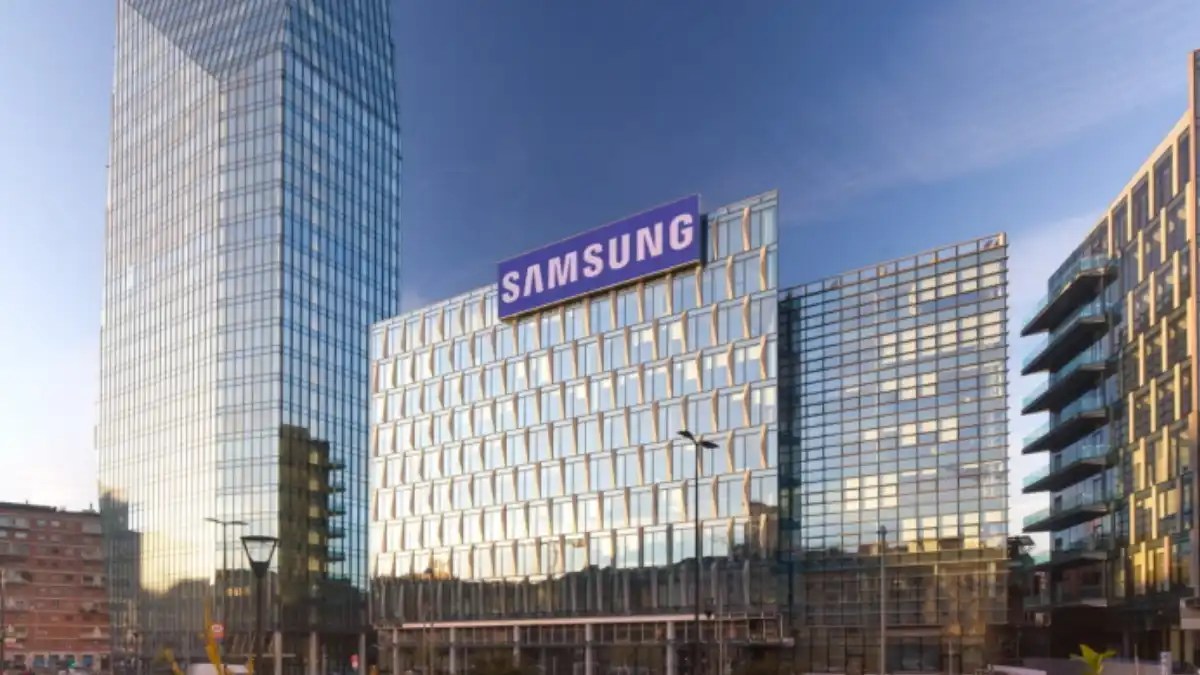Meta CEO Mark Zuckerberg Teases "Return to OG Facebook" as Part of 2025 Goals
In Meta’s Q4 2024 earnings call, CEO Mark Zuckerberg hinted at a "return to OG Facebook" as part of his key goals for 2025. While the company was short on details about specific changes, it’s clear that Meta is in need of younger Facebook users to sustain itself for the next generation.
A Desperate Need for Younger Users
Zuckerberg acknowledged the challenges Meta faces in attracting younger users, citing a study by eMarketer that found U.S. Gen Z users ages 18 to 24 spend far more time on TikTok, followed by Instagram and Snapchat. A 2024 survey by Pew Research found that U.S. teens’ use of Facebook had dropped sharply over the years from 71% in 2014-2015 to just 33%.
A Focus on Local Community and Utilitarian Features
Meta has been aware of these challenges and has launched a Gen Z-focused redesign of its social network in October 2024, promising greater emphasis on local community information, videos, and Facebook Groups. The company now aims to build on these changes with a further refresh of the Facebook product in 2025.
Uncertainty About Competing with Gen Z’s Preferred App
Gen Z users have sent a strong signal that they’re ready to move on from Meta if TikTok were to remain banned in the U.S. Instead of returning to Meta’s platform, young people downloaded RedNote, another Chinese app similar to TikTok, ahead of and during the briefly enforced U.S. TikTok ban.
A Difficult Task Ahead
It may be difficult, if not impossible, for Facebook to ever again attract younger users by returning to its "OG" roots. The company had already tried to reignite its original feeling of exclusivity by launching a side of Facebook called Campus in 2020 that only catered to college and university students. That effort was shuttered a year and a half later after failing to take off.
Other Attempts to Lure in New Users
Meta has also dabbled in using other services, like online dating, to lure in new users with little success. Meanwhile, new social networks are being built on the open social web, powered by protocols like ActivityPub, used by Mastodon, and AT Protocol, used by Bluesky, allowing people to take back control over their data and social connections from the centralized, billionaire-controlled platforms owned by Big Tech.
Meta’s Efforts to Shield Investors
Meta has been working to shield investors from Facebook’s decline for years. In Q4 2019, Meta introduced new stats for investors called family daily active people and family monthly active people. Later, in Q1 2024, Meta took steps to distance itself from per-app metrics by eliminating daily active and monthly active users in its quarterly reports in favor of its family of apps’ metrics.
A Hidden Purpose?
In its filing at the time, Meta said the decision was meant to better showcase how many people engaged with all of its products, not just Facebook and Messenger. In all likelihood, it served another purpose, too: to hide Facebook’s decline within Meta’s larger "family" group of apps.
Source Link





